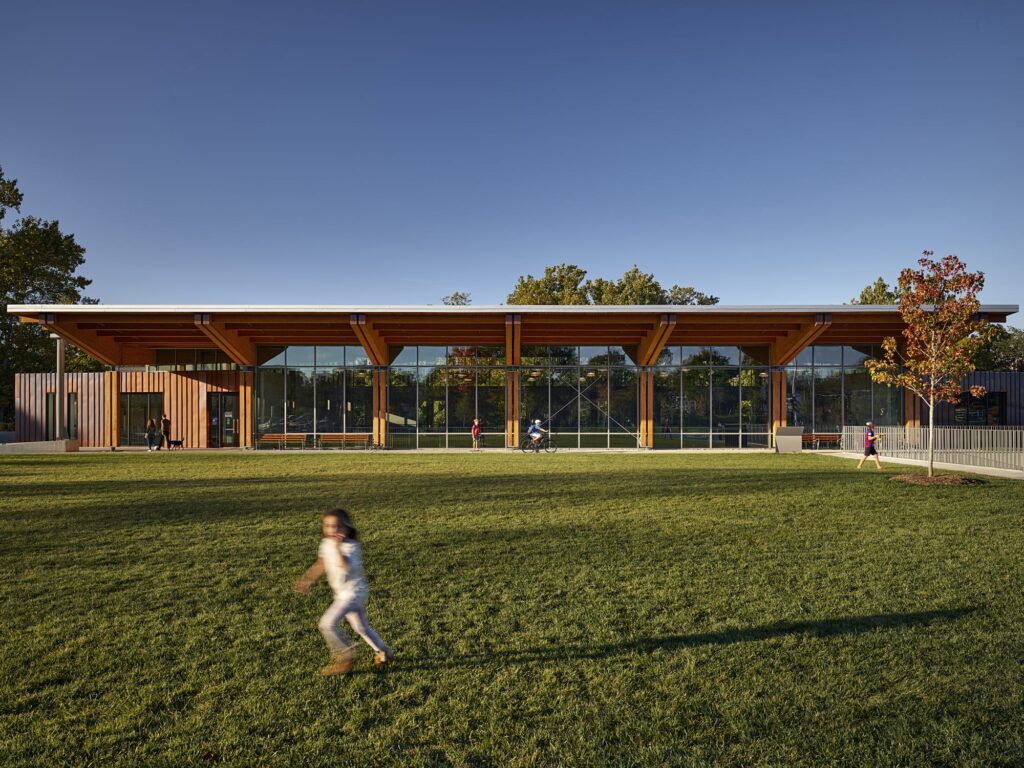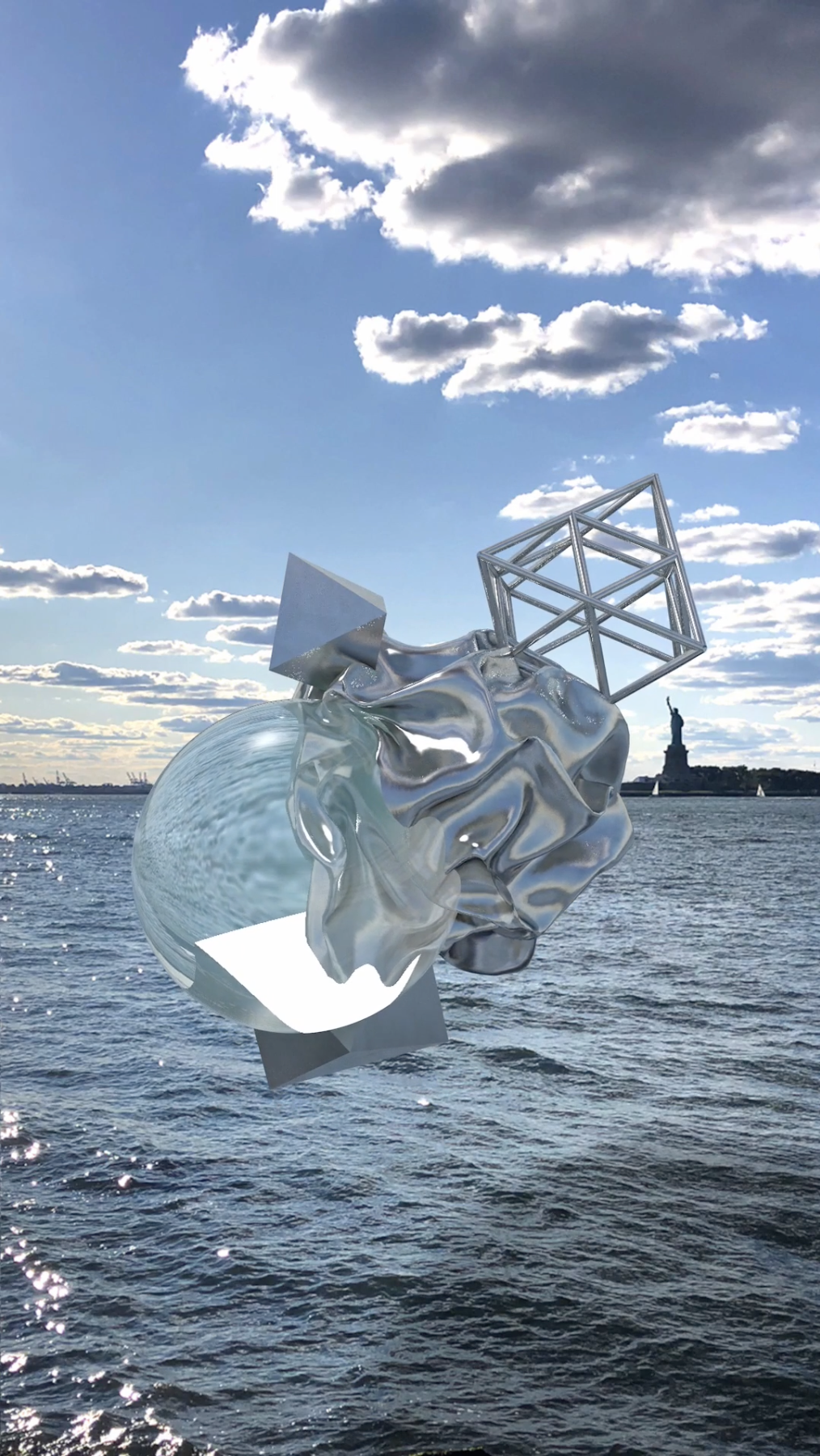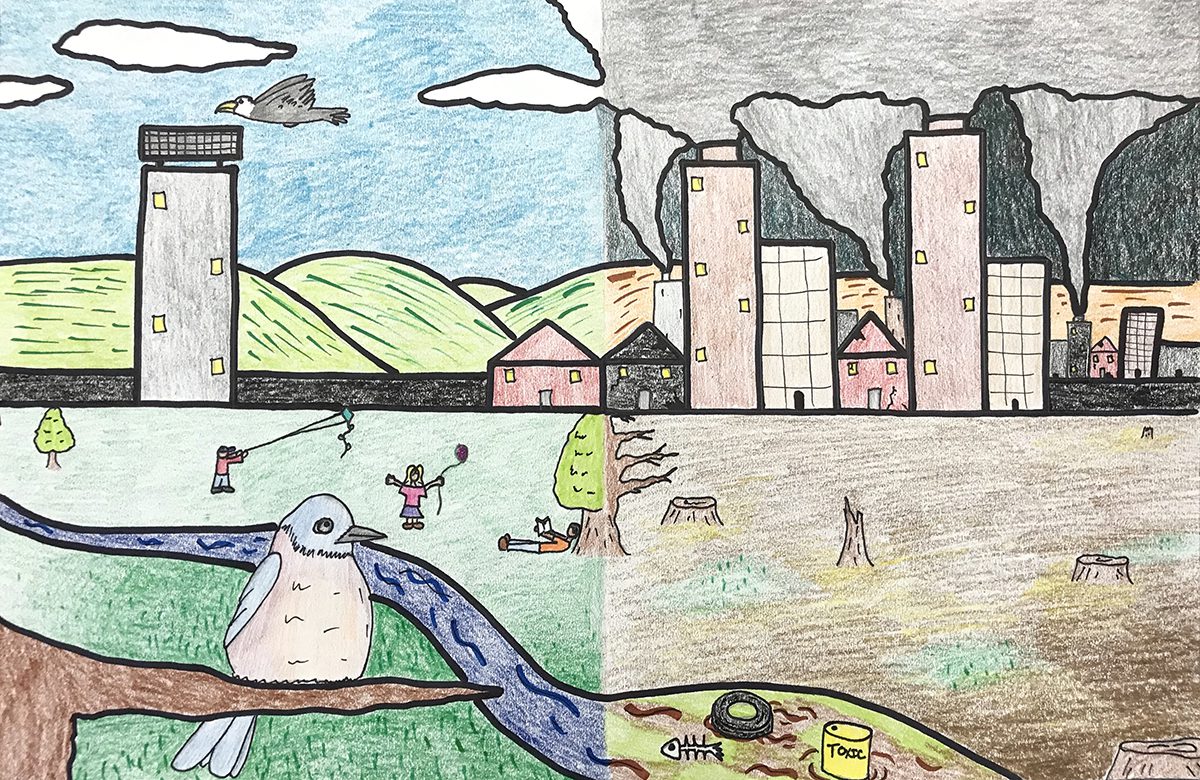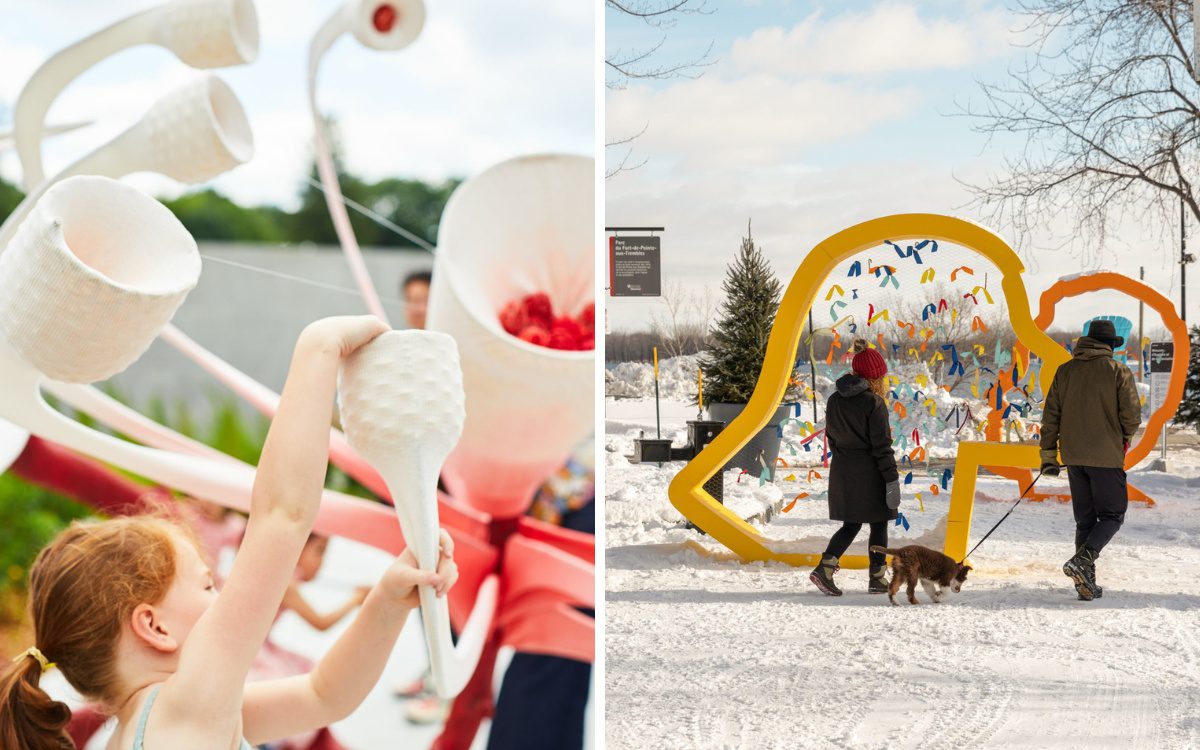The influence of participatory design in community art projects

The Transformative Power of Community Art Projects
Community art projects have significantly transformed in recent years, driven by innovative participatory design principles that engage local individuals in meaningful ways. This methodology not only enriches the artistic process but also instills a profound sense of ownership and connection among participants. It raises compelling questions about how these collaborative efforts influence the surrounding artistic landscape.
The implications of participatory design are diverse and multifaceted. One of the most notable aspects is:
- Empowerment: By granting community members a voice in the creative process, these projects often lead to outcomes that resonate on a personal level. For example, a recent initiative in Philadelphia allowed residents to contribute to a public mural depicting their neighborhood’s history. This collaborative effort empowered locals, shaping a visual narrative that reflects their shared experiences.
- Collaboration: The process necessitates that artists and community members work alongside each other, effectively blurring the traditional distinctions between creator and audience. In Chicago, artists have partnered with local youth to create interactive art installations that challenge social norms, demonstrating how collaborative engagement fosters mutual respect and creative energy.
- Relevance: Projects that authentically reflect the identity of their communities tend to have greater resonance. An example is the “Rattle the Walls” project in New Orleans, where local musicians collaborated with visual artists to create a sound-bouncing mural that embodies the city’s rich musical heritage. This harmony of art forms showcases the deep connection between cultural identity and community engagement.
Across the United States, numerous examples highlight how participatory design enhances both artistic expression and community cohesion. From vibrant urban murals that tell the stories of diverse neighborhoods to sculptures in rural parks that celebrate local history, these initiatives illustrate the unifying power of art.
As we explore the impact of participatory design on community art projects, it becomes evident that this approach not only redefines the art-making process but also serves to deepen community involvement. The thriving creativity in neighborhoods reflects an eagerness to share stories, experiences, and identities. What innovative practices are emerging in this realm? How might they inspire future artistic endeavors? These questions beckon us to investigate further, uncovering the dynamic relationship between community and creativity.
DIVE DEEPER: Click here to discover the evolution of dance
Engaging the Community: The Cornerstone of Participatory Design
At its core, participatory design emphasizes the inclusion of community members in the creative process, fostering an environment where collaboration is paramount. This shift empowers individuals to co-create rather than merely consume art, allowing them to shape outcomes that are deeply relevant and resonant within their own lives.
The importance of fostering an engaged community cannot be overstated. Communities thrive when individuals feel a sense of ownership over their environment and culture. Through participatory design, artists not only enable residents to input their ideas but also provide them with the tools to express their visions authentically. This is particularly evident in projects where local artists serve as facilitators, guiding community members in tapping into their unique experiences and artistic visions.
Some of the most impactful community art projects across the United States have flourished precisely because they prioritize participatory design. For example, in San Francisco, the “Mission Murals” project invited local residents to contribute to the creation of large-scale murals that reflect their cultural heritage and personal stories. This collaborative approach transformed not just city blocks but also relationships among residents, reinforcing a sense of belonging and pride.
This transformative power of participatory design can be captured through several key themes:
- Shared Narratives: Projects foster connections among community members through the act of storytelling. For instance, the “StoryCorps” initiative has encouraged individuals to share their personal histories, building a collective narrative that emphasizes resilience and diversity.
- Inclusivity: One of the defining features of participatory design is its commitment to inclusivity. By actively engaging marginalized groups, artists can amplify voices that often go unheard. The “Art on the Corner” project in Detroit exemplifies this by transforming vacant lots into lively art spaces through the collaboration of artists and local residents, showcasing the richness of the community’s diversity.
- Impact on Local Development: The effect of participatory art projects often extends beyond aesthetics. In many cases, they have catalyzed local redevelopment efforts. In the Bronx, for example, the “Bronx River Art Center” engages artists to create public art that steers conversations about environmental justice and community revitalization.
The impact of participatory design in community art is undeniably profound. Not only does it serve as an artistic expression, but it also cultivates a fertile ground for social change and collaboration. As communities increasingly seek authentic representation in the artworks that inhabit their spaces, understanding this methodology’s influence becomes crucial for future projects. How can the principles of participatory design be further harnessed to reshape our approach to the arts? As we delve deeper into this exploration, we uncover a vast landscape rich with potential for creativity and innovation.
| Advantage | Description |
|---|---|
| Empowerment of Community Voices | Participatory design fosters inclusivity, allowing community members to express their needs and ideas, contributing to a sense of ownership. |
| Sustainability through Collaboration | Projects become sustainable as diverse groups collaborate, ensuring that solutions are tailored to local contexts and long-term engagement is encouraged. |
Participatory design plays a pivotal role in shaping community art projects by facilitating direct involvement from local residents. It enhances the art-making process by embedding the voices of diverse community members, ensuring that the artistic outcomes resonate with the societal fabric. The empowerment of community voices is a significant advantage, permitting individuals to share their visions and challenges. This not only enriches the project but also builds greater community cohesion.Furthermore, sustainability is fostered through collaboration. By bringing together artists, community members, and local organizations, projects are likely to flourish and adapt over time as the different stakeholders engage with each other, crafting solutions that are both relevant and practical. Community art initiatives that leverage participatory design often find that they yield more than artistic expressions; they also cultivate lasting relationships among participants, leading to sustained interests in communal development.
DON’T MISS: Click here to dive deeper
Transforming Spaces: The Physical and Emotional Landscapes of Community Art
The impact of participatory design in community art projects goes far beyond active involvement; it fundamentally reshapes the environments where communities live, work, and interact. This design methodology intersects with urban development, social interactions, and emotional well-being, transforming physical spaces into vibrant canvases that reflect the collective identity of community members.
Art has the power to tell stories and convey emotions, which is especially vital in community settings where history and culture intermingle. By involving community voices in the creation of public art, these projects become mirrors of social dynamics, illustrating local challenges, aspirations, and beauty. Take, for example, the “Mural Arts Philadelphia” initiative, which regularly engages residents from underrepresented neighborhoods. Through this participative approach, murals often depict significant cultural symbols and narratives, allowing citizens to engage in a dialogue that both honors their histories and envisions their futures.
Another significant aspect of participatory design in art projects is its ability to foster community interaction and connectivity. As art becomes a shared experience rather than a solitary endeavor, participants often form new relationships and strengthen existing ones, increasing overall community cohesion. The transformative power of art can be observed in Los Angeles’ “Community Arts Partnership,” which connects students and artists through collaborative projects. The outcome is not only aesthetically pleasing but also serves as a platform for cultural exchange and understanding among diverse populations.
Community art projects often drive sustainable engagement. This idea is exemplified by the “Public Art Collective” in Denver, where local artists continually return to work with the same neighborhoods. This approach encourages ongoing relationships that contribute to lasting change, as community members can revisit and reinterpret artworks over time, ensuring that they remain relevant to evolving community narratives.
- Personal Empowerment: As individuals contribute creatively, they gain confidence and a sense of agency in expressing their beliefs and values. The “Community Canvas” project in Chicago exemplifies this effect, allowing participants to learn artistic skills while driving home the message that their thoughts and emotions matter.
- Economic Benefits: Many participatory art projects inadvertently contribute to local economies. By increasing foot traffic and attracting visitors, public art initiatives can kickstart economic revitalization. The success of “ArtWalk” in Santa Fe illustrates how art-based tourism not only enhances community pride but also provides financial incentives for local businesses.
- Emotional Resilience: In communities facing challenges, such as violence or economic hardship, participatory art can become a powerful tool for healing. Programs like “Art in the Streets,” which focus on therapeutic expression through creativity, have shown remarkable effectiveness in promoting mental health among participants, serving as a necessary outlet for coping and recovery.
As we explore the connections between participatory design and community art, it becomes clear that the benefits are multifaceted, encompassing social, economic, and emotional dimensions. With a growing interest in community-focused art interventions, it is vital to continually evaluate and embrace these methodologies to foster environments that reflect collective identities and shared aspirations, further enriching the artistic landscape of the United States.
DIVE DEEPER: Click here to uncover the evolution of dance
Conclusion: Embracing Collaboration in Community Art
The profound influence of participatory design in community art projects is evident in the transformative effects these initiatives have on social dynamics, cultural representation, and emotional well-being. By actively involving local residents and stakeholders in the artistic process, these projects foster a sense of ownership and empowerment, enabling community members to express their unique stories and values while nurturing deeper connections among participants. As illustrated through various successful programs, such as Mural Arts Philadelphia and Community Arts Partnership, the impacts extend beyond mere aesthetics, becoming a vital strand in the fabric of community identity and cohesion.
Moreover, the potential economic benefits of community art projects cannot be overlooked. Initiatives like ArtWalk in Santa Fe demonstrate how public art can stimulate local economies by attracting tourism and enhancing public spaces. In a similar vein, the emotional resilience generated through participatory art offers healing in communities grappling with adversity, allowing for a necessary outlet for expression and recovery.
As we continue to explore the intersections between participatory design and community art, it is essential to recognize the importance of inclusivity and ongoing engagement. In evolving landscapes where art serves multiple purposes, prioritizing community voices will shape sustainable practices that resonate with current and future generations. By embracing this collaborative spirit, we can ensure that public art not only reflects but also contributes to the rich tapestry of life in communities across the United States.



